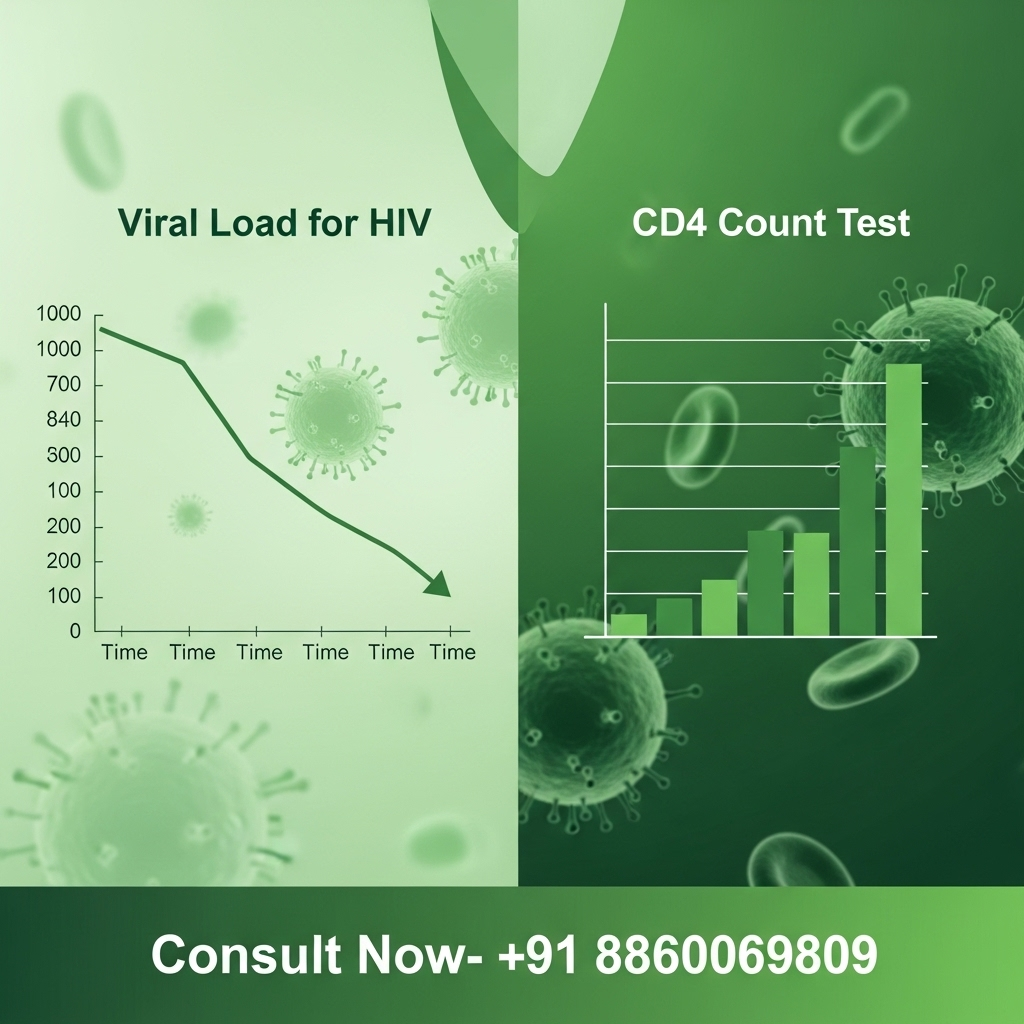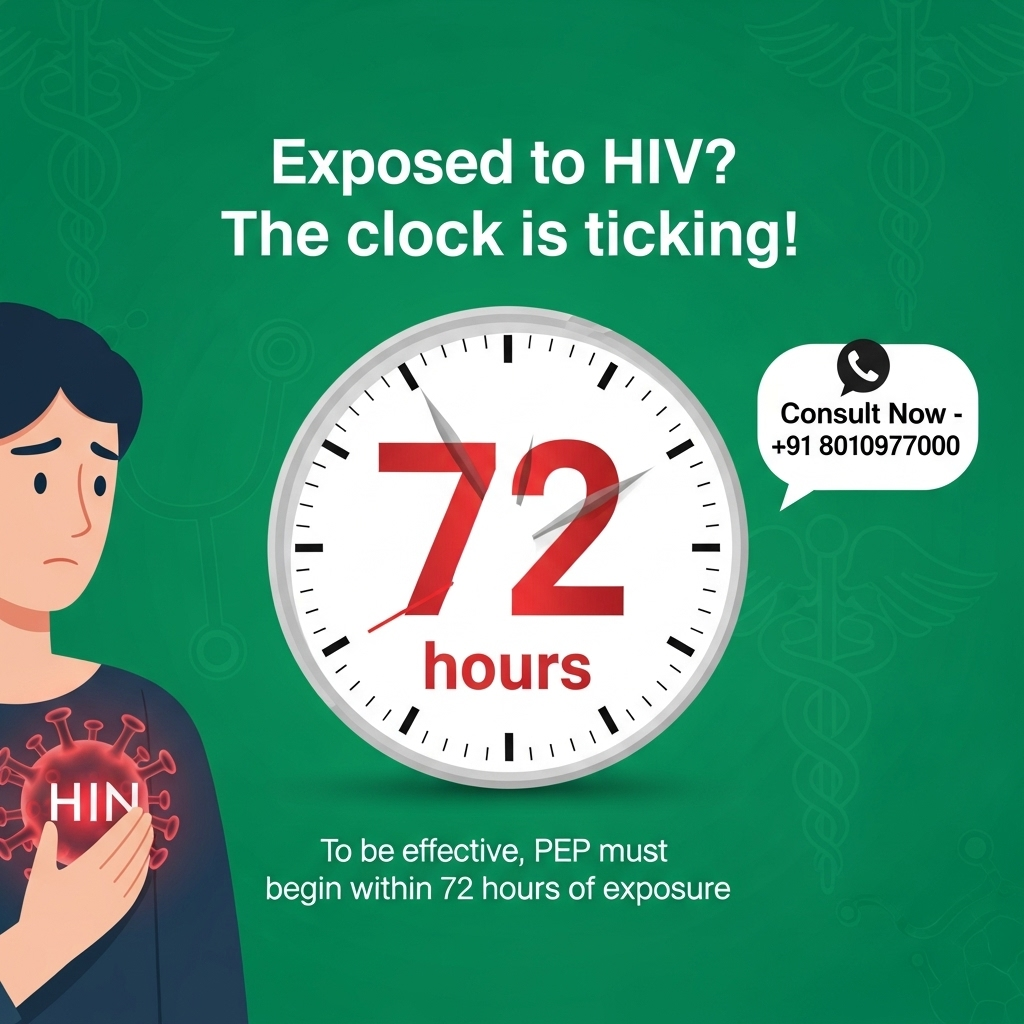What is a Good Viral Load and CD4 count
Understanding your health is crucial, especially when you’re living with HIV. Two key indicators often discussed in the context of HIV are viral load and CD4 count. These measurements provide information about the health of your immune system and the effectiveness of your HIV treatment. Let’s discuss these terms in detail and what numbers are considered healthy.
What is Viral Load?
Viral load refers to the amount of HIV in your blood. It’s an important indicator of how active the virus is in your body. A high viral load indicates that HIV is reproducing rapidly, which can rapidly weaken the immune system.
Measuring Viral Load
Doctors measure viral load through a blood test. Results are expressed as the number of copies of the virus per milliliter of blood. Understanding your viral load helps your healthcare provider determine how well your HIV treatment is working.
Ideal Viral Load Levels
The goal of HIV treatment is to achieve an undetectable viral load. This means that the amount of virus in your blood is so low that it cannot be detected by standard tests. An undetectable viral load indicates that your treatment is effective and significantly reduces the risk of transmitting the virus to others.
Understanding CD4 Count

What is CD4 Count?
CD4 cells, also called T-helper cells, are a type of white blood cell that play a key role in your immune system. They help coordinate the body’s response to infection. The CD4 count is a measure of how many of these cells are in a cubic millimeter of your blood.
CD4 Count in HIV
In people with HIV, the virus targets and destroys CD4 cells, weakening the immune system. Monitoring your CD4 count helps monitor the progression of HIV and the effectiveness of your treatment.
Normal CD4 Count for HIV-Positive Person
A normal CD4 count for a healthy, HIV-negative person is between 500 and 1,500 cells/mm³. For a person with HIV, a CD4 count greater than 500 cells/mm³ is considered robust, indicating a strong immune system. If your CD4 count is less than 200 cells/mm³, you are at greater risk for opportunistic infections.
Read More- PEP Treatment for HIV
The Relationship Between Viral Load and CD4 Count
Viral load and CD4 count are interconnected. As viral load increases, CD4 count tends to decrease. This is because a high viral load indicates that the virus is actively replicating and destroying CD4 cells. Conversely, when HIV treatment is effective, viral load decreases and CD4 count increases, indicating a strong immune system.
Stages of HIV Based on CD4 Count
Stage 1: Acute HIV Infection
During the acute phase, the viral load is high and the CD4 count may temporarily decrease. However, the body often manages to stabilize the CD4 count somewhat after the initial infection.
Stage 2: Clinical Latency
In this stage, the virus is still active but reproduces at low levels, keeping the CD4 count stable. With effective treatment, individuals can remain in this stage for decades.
Stage 3: AIDS
AIDS is the most serious stage of HIV infection, characterized by a CD4 count of less than 200 cells/mm³. At this point, the immune system is severely impaired, making the body more susceptible to infections and diseases.
Importance of Regular Monitoring
Regular monitoring of viral load and CD4 count is crucial for effective HIV management. This helps assess how well your treatment is working and guides any necessary adjustments to your medication.
Adhering to Treatment
Consistently taking HIV medication is crucial for maintaining an undetectable viral load and a healthy CD4 count. Adherence to treatment not only protects your health but also prevents transmission of the virus to others.
Lifestyle Factors
In addition to medication, maintaining a healthy lifestyle can support your immune system. Eating a balanced diet, exercising regularly, and avoiding smoking and excessive alcohol can contribute to better overall health and a more resilient immune system.
Conclusion
Understanding viral load and CD4 count is essential for anyone living with HIV. These measures provide important information about your health and the effectiveness of your treatment. By working closely with your healthcare provider and following your treatment plan, you can effectively manage your HIV and live a healthy, fulfilling life.
Remember, with the right treatment and lifestyle choices, an undetectable viral load and a strong CD4 count are achievable goals. Regular checkups and open communication with your healthcare provider are crucial to monitoring your health and making informed decisions.
By staying informed and staying active, you can take charge of your health and thrive, even while living with HIV.











Leave a Reply